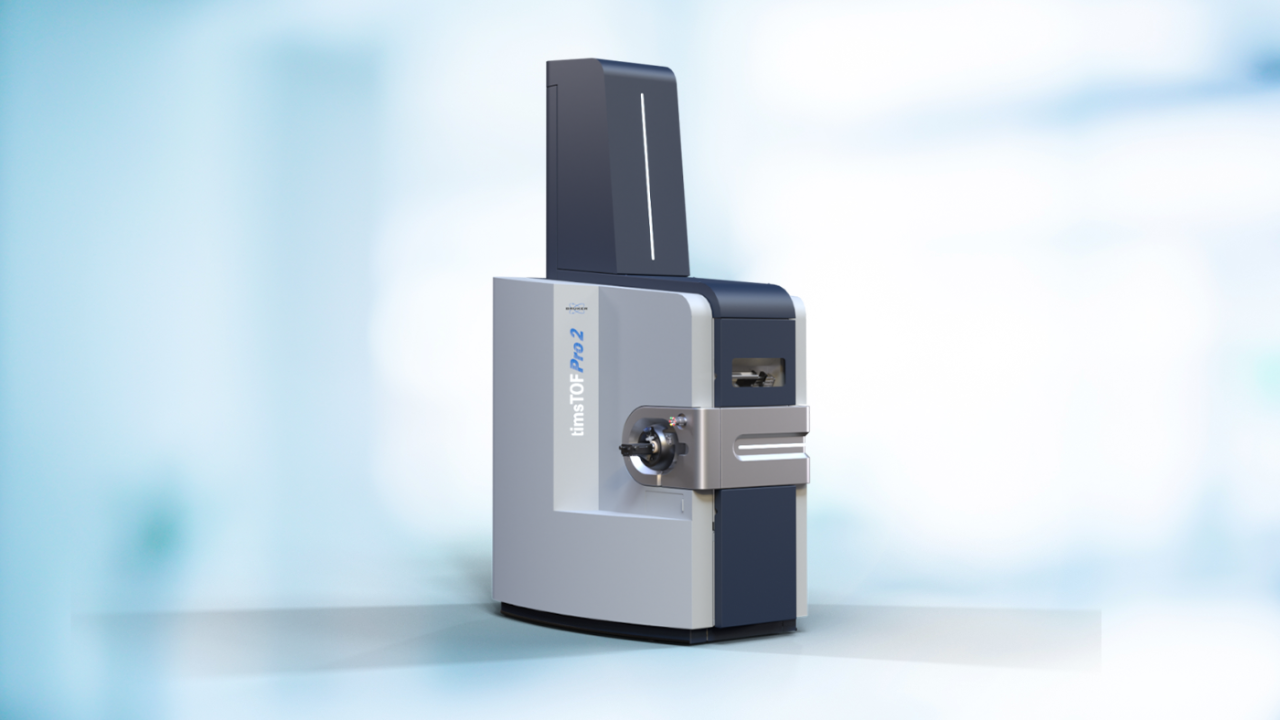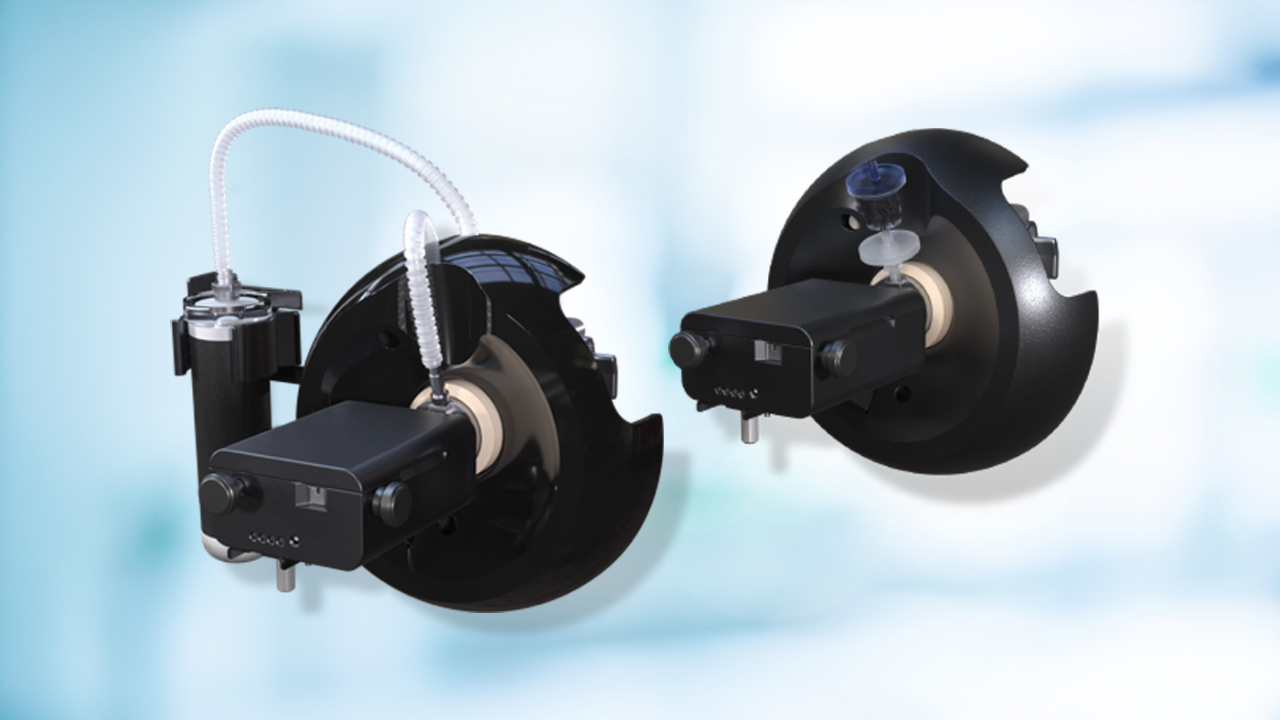

Advancing metabolomic research through small molecule analysis using the Bruker timsTOF Pro
Introduction
Researchers at the Novo Nordisk Foundation Center for Basic Metabolic Research (CBMR) at the University of Copenhagen are using Bruker’s timsTOF Pro to enhance their understanding of the metabolome and to support their understanding of various metabolic diseases.
Thomas Moritz, group leader at the Moritz Group, Novo Nordisk Foundation for Basic Metabolic Research, University of Copenhagen, and his team are looking to uncover the role of metabolites in developing disease:
“We currently focus on a range of diseases, and my personal aim is to bring metabolomic understanding and analysis to the group leaders across the center and, in the longer term, to improve overall human health with more personalized and targeted treatment options.”
Understanding metabolic diseases
The Moritz Group aims to drive change to understand diabetes and other metabolic diseases, by strengthening their interdisciplinary research to transform basic understanding of the mechanism involved in metabolic health and disease. Through dynamic collaborative research projects with different levels of exploration from singe cell to whole body physiology the Moritz Group hopes to effectively develop a richer cultural understanding of the complexity of metabolic health and disease.
The CBMR acquired the Bruker timsTOF Pro in 2019 for its metabolomics and lipidomics profiling experiments, allowing high-throughput analysis of larger studies with large volumes of complex data. The metabolomics platform is a collaborative research facility and the timsTOF Pro allows for rapid high-resolution, small molecule analysis across all experiments.
Why trapped ion mobility spectrometry (TIMS)?
In contrast to a conventional drift analyzer where the ions are passed through stationary gas, TIMS utilizes a stream of moving gas and opposing electric fields to both trap and selectively release ions in the TIMS tunnel. The timsTOF Pro ensures confidence in the measurement specificity and molecular characterization of metabolites and lipids, achieving this while simultaneously accumulating and concentrating ions of a given mass and mobility to increase both sensitivity and speed.
Thomas Moritz explains: “The timsTOF Pro has allowed us to analyze a wide range of unique experiments with very good detection levels for many metabolites – its stability and sensitivity are key to the work we are doing.”
Applications in clinical research, a case study
The timsTOF Pro has allowed the Moritz Group to push the boundaries of metabolomic research.
The team also acquired Bruker’s new vacuum insulated probe heated electrospray ionization (VIP-HESI) source and routinely uses it as part of the timsTOF Pro system. The VIP-HESI has improved the team’s work from two to ten times better sensitivity when analyzing small molecule which makes a big difference when collaborating with different partners.
In the future, the Moritz Group hopes its research into new metabolic approaches will support developments in the field of personalized medicine, which would effect change in disease treatment and therapeutics and ultimately improve patient care.
For Research Use Only. Not for use in clinical diagnostic procedures.


